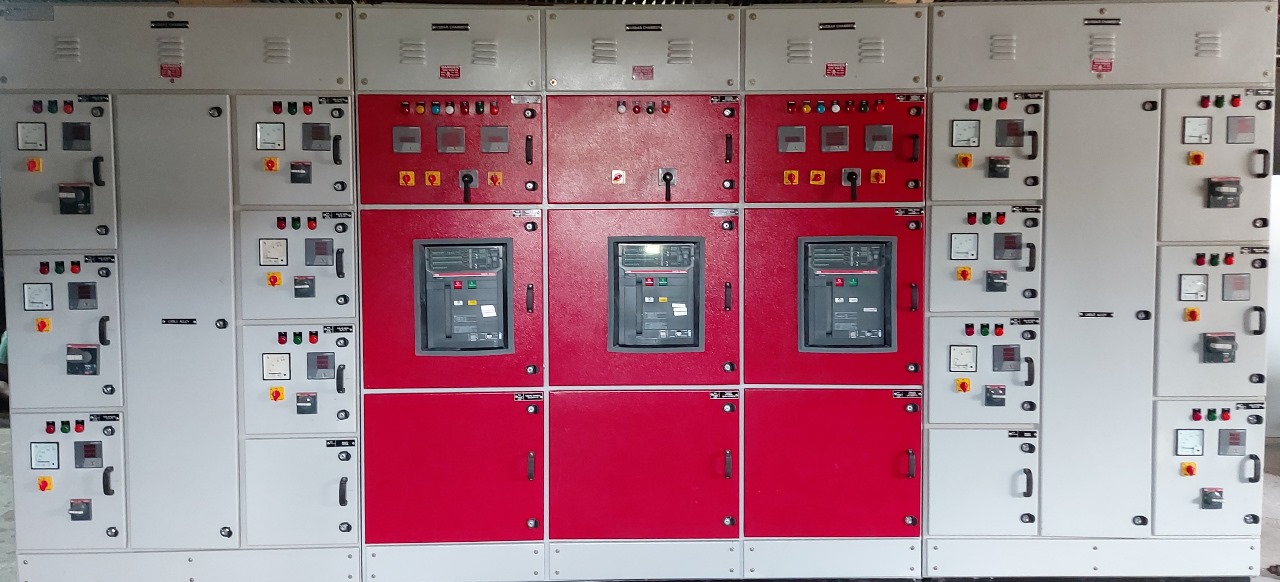LT (Low Tension) Panel and PCC (Power Control Center) Panel: Key Components for Power Distribution
LT (Low Tension) Panel
The LT (Low Tension) Panel is a crucial component used to distribute electrical power at low voltage levels, typically below 1,000 volts. These panels are commonly used in various industrial and commercial applications to manage power distribution safely and efficiently. The LT Panel receives power from transformers or generators and then distributes it to different electrical systems and equipment.
Key Features of LT Panels:
- Low Voltage Distribution: Designed to handle the distribution of power at low voltage levels, ensuring safe and efficient power delivery.
- Protection: Equipped with circuit breakers and protective relays, LT panels prevent overloads and short circuits, ensuring the safety of the system.
- Customization: LT panels can be customized to meet the specific requirements of the application, whether it’s for residential, commercial, or industrial use.
- Durable Construction: Built to withstand harsh environments, LT panels are designed to handle the demands of industrial settings.
- Energy Monitoring: Many modern LT panels are equipped with energy monitoring systems that optimize power usage and reduce wastage.
Applications of LT Panels:
- Manufacturing units
- Commercial buildings
- Data centers
- Hospitals
PCC (Power Control Center) Panel
The PCC Panel plays a pivotal role in large-scale power distribution, particularly in industrial plants and large commercial complexes. It is responsible for controlling and distributing electrical power from the main source, such as a transformer or generator, to various sub-panels and equipment. The PCC panel is crucial for managing power supply to critical systems, ensuring efficient operations, and providing safety across the electrical network.
Key Features of PCC Panels:
- High Power Distribution: Designed for handling high-capacity power distribution, ensuring reliable operation even in large industrial setups.
- Motor and Equipment Control: Manages the distribution of power to various motors, machines, and equipment, ensuring seamless functionality of the entire plant.
- Protection and Monitoring: Advanced protection features like overload relays, circuit breakers, and monitoring systems help safeguard the system and provide real-time feedback on power usage.
- Centralized Control: Offers a centralized control system that allows operators to efficiently manage power distribution across multiple locations or processes.
- Compliance: Built to meet international safety and performance standards such as IEC (International Electrotechnical Commission) and IS (Indian Standards).
Applications of PCC Panels:
- Industrial plants (e.g., steel, cement, textiles)
- Large commercial complexes
- Power stations
- Water treatment plants
Conclusion
Both LT Panels and PCC Panels are essential components for managing and distributing electrical power efficiently. While LT panels focus on low voltage distribution in smaller applications, PCC panels are designed to handle high-capacity power distribution in larger, more complex industrial settings. Both panels ensure safety, reliability, and efficient energy management, making them indispensable in modern electrical infrastructure.

